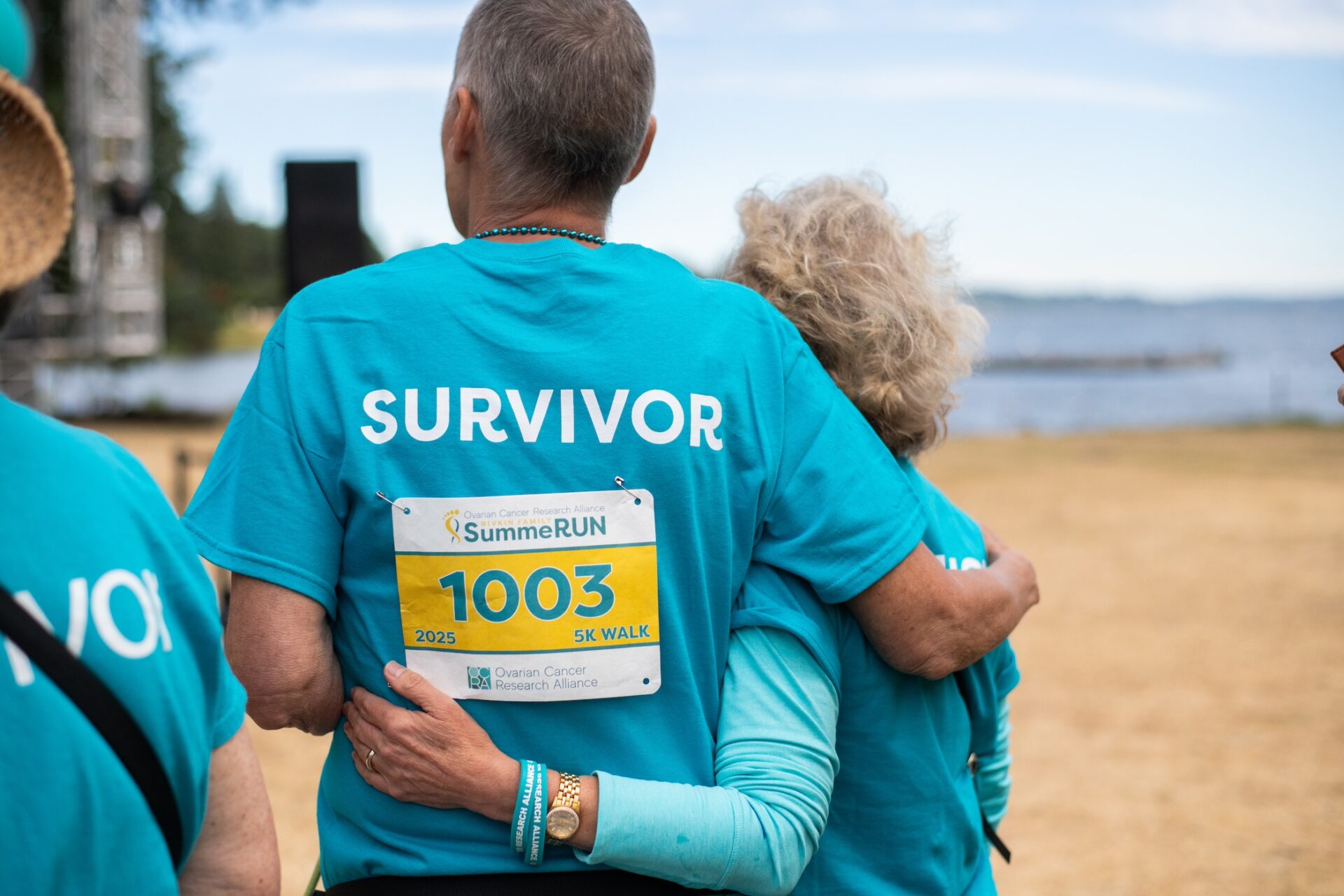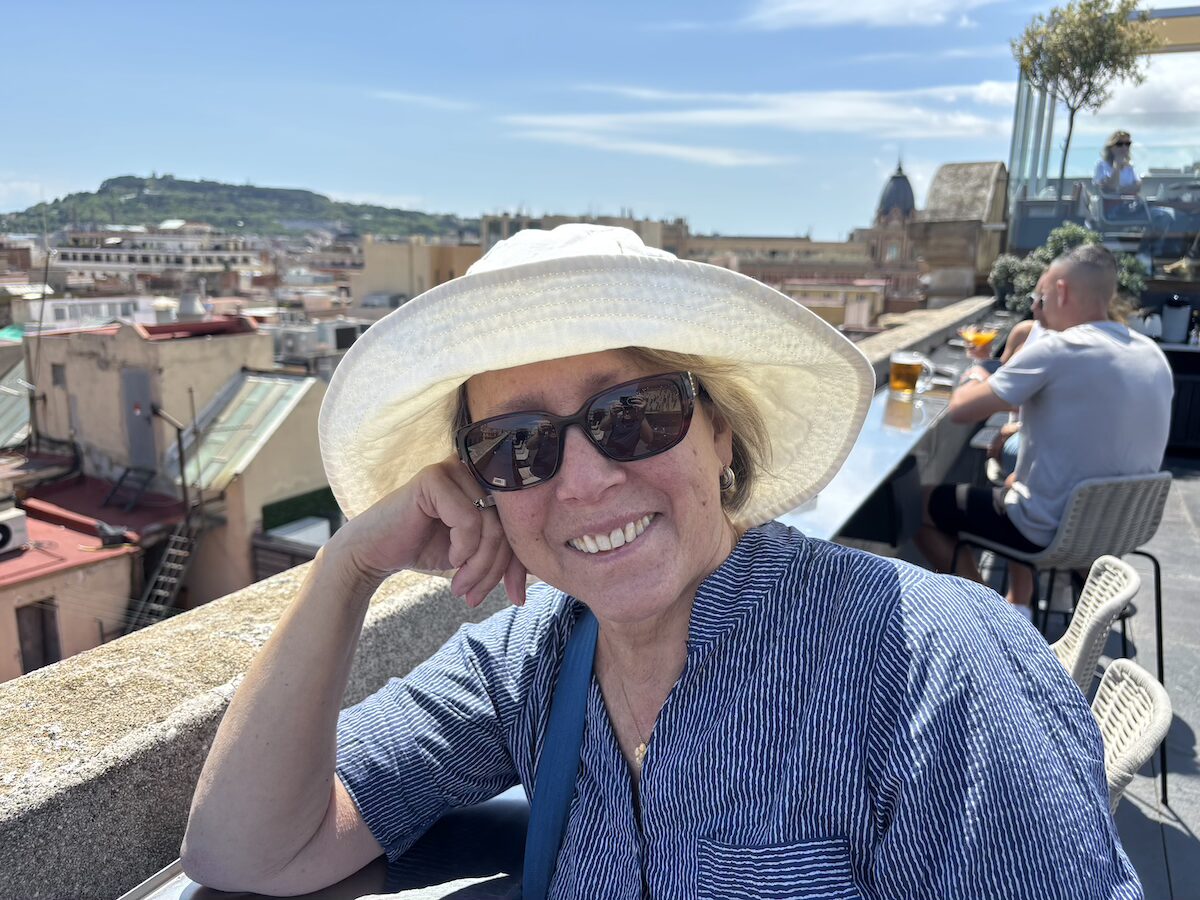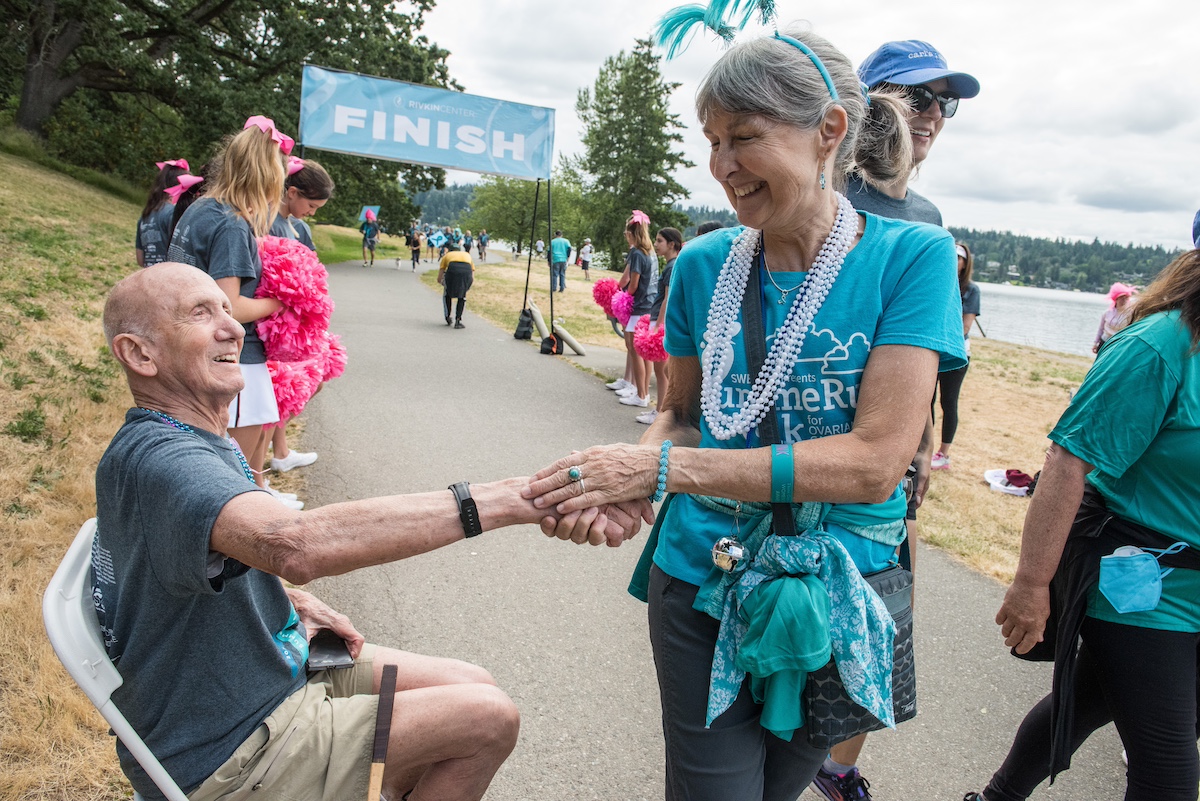There is an 80% recurrence rate when it comes to ovarian cancer, so the question of ‘what next?’ takes on a huge importance.
This is the question that Sarah Gitto, PhD, and her team in the Daniel J. Powell Lab at the University of Pennsylvania’s Ovarian Cancer Research Center, have set out to answer. They know that PARP inhibitors can be really effective in 50% of patients with high-grade serous ovarian cancer (which is one of the most common forms, representing 70% of all cases). But these tumors often become resistant to PARP inhibitors, so there’s a huge need to find the next-in-line therapy.
Sarah and her team are studying these tumors in an environment that mimics what’s actually happening in the human body.
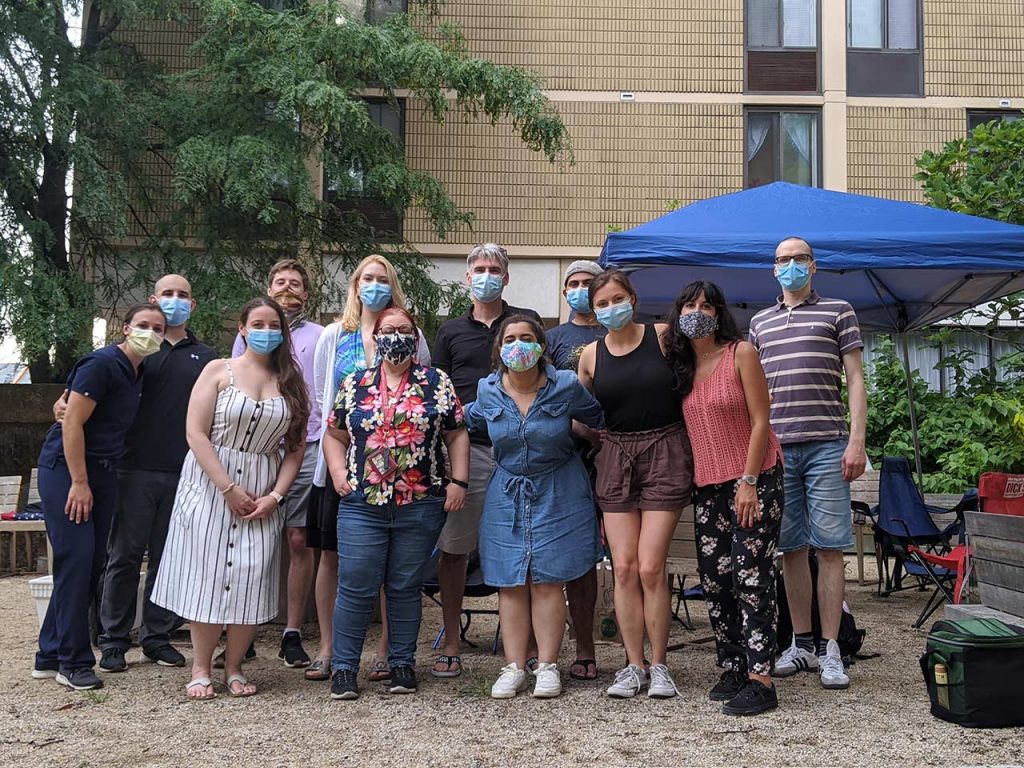
“Our model has the T cells [cells that are a central part in the immune system] that have already been in the tumor. They’ve already been exposed to the harsh environment, lack of oxygen, nutrient deprivation,” Sarah explained. “So they recognize the tumor. They already have a lot of the things they need to do their job. We just want to enhance them.”
In other words, they are trying to better arm the ‘little solders’ who will be reinfused into the patient in order to fight against ovarian cancer cells.
Avatars and ovaries
They start with what she and her team call ‘patient avatars’ – novel tumor models made from actual tumors that patients agreed to have their doctors collect and bank along with their immune components. In creating these avatars, Sarah is hoping to be able to find biomarkers that would allow doctors to pre-select the patients for whom this therapy will be most effective, almost customizing treatment to that patient. Ultimately, they hope to make a profound impact on the large population of patients that need it.
“What’s really great about these patient-derived models,” said Sarah, “is that they’re much more advanced and they maintain the genetic characteristics and genetic mutations and alterations of the original patient tumor over multiple passages.”
This is critical, she explained, because historic models that have been developed in a dish change their profile, and no longer mimic what actually happens in the human body. The complex environment of the tumor, which is so important when researchers are trying to figure out how to cure the disease, needs to stay consistent.
“For a lack of better euphemisms,” Sarah said, “if it doesn’t look like a duck or quack like a duck…”
Where it all started
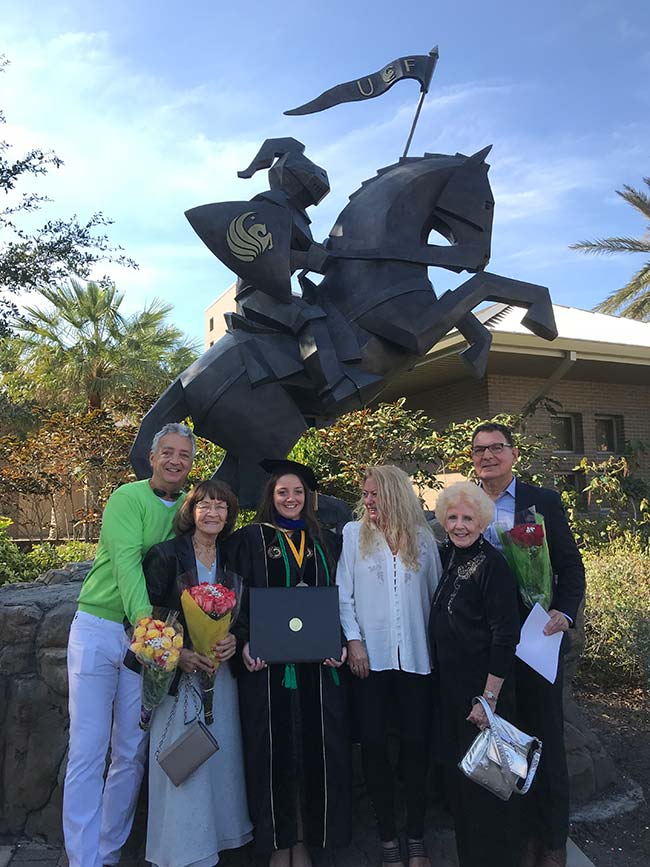
The genesis of Sarah’s work goes back to her college and graduate school years when she volunteered at a summer camp called Boggy Creek that served terminally ill children and their families. She spent 10 years there during her school breaks, and one week in particular stood out. She was a bunk counselor for the oldest girls, who were all dealing with cancer, and she saw firsthand the sisterhood that developed among those young women.
“The girls were so strong and beautiful and amazing,” Sarah said, “They had so much love, they were so fun … and you never saw their light flicker. Their drive and excitement and their bond, it was just truly inspiring.”
She had also done her graduate work studying pancreatic cancer, which, like ovarian cancer, has dismal outcomes. “There are a lot of parallels, so I think knowing a lot of the difficulties in the pancreatic realm has given me a lot of insight on some of the challenges we are seeing in ovarian cancer.”
While many researchers are focusing on the first line of defense, Sarah has her eye on the future, when the cancer comes back. The field of immunology interests and excites Sarah, and though ovarian tumors traditionally have not responded well to this treatment, she sees hope.
Maintaining hope and motivation

Research is not the kind of job where one goes home every day feeling a sense of accomplishment. As Sarah explained, “for one thing that worked, ten things didn’t.” But she’s learned not to take that personally.
“It’s the day that something does work, when you’re like, ‘Oh, today was such a great day!’” Sarah said, “It’s enough to push you through until the next really good day.”
It’s curiosity and drive that push Sarah forward; it’s knowing that if it were easy, then there would be no science, because everything would have already been figured out. But for Sarah, the end goal is not getting published, finding a patent or gaining notoriety. It’s the impact she knows she will have on people’s lives.
OCRA is grateful to Dr. Sarah Gitto, and to Joseph and Angela Campolo, and family and friends of Sandra Gralnick, who have generously made her work possible.
